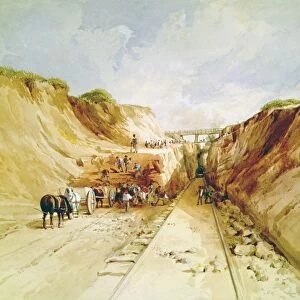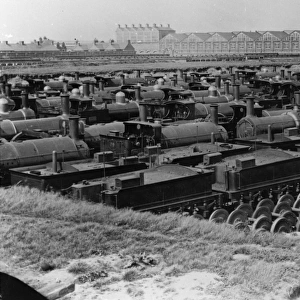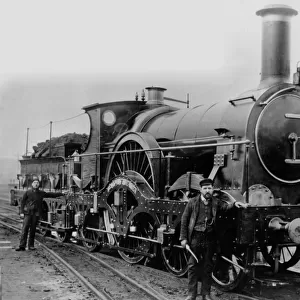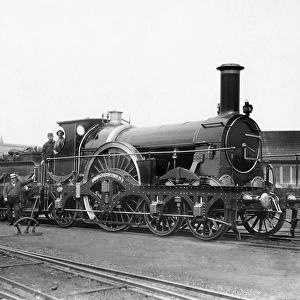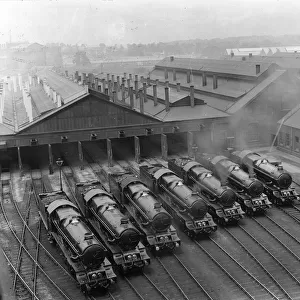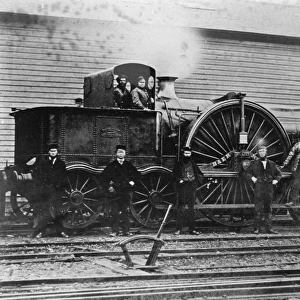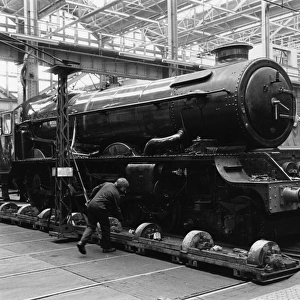Home > STEAM Museum of the GWR > Locomotives > Steam > Broad Gauge > Broad Gauge Dump at Swindon
Broad Gauge Dump, Swindon, 1892
![]()

Wall Art and Photo Gifts from STEAM Museum
Broad Gauge Dump, Swindon, 1892
When the conversion of the gauge took place in 1892, hundreds of broad gauge locomotives were taken out of service and moved to Swindon to await their fate
STEAM - Museum of the Great Western Railway
Media ID 413687
© Steam Picture Library
EDITORS COMMENTS
This evocative photograph captures the scene at Broad Gauge Dump in Swindon during the historic period of gauge conversion on the Great Western Railway (GWR) in 1892. The image offers a glimpse into a pivotal moment in railway history, as hundreds of broad gauge locomotives were brought to Swindon to await their fate. The broad gauge system, with its distinctive 7ft 0in track width, had been the standard on the GWR since its inception in 1835. However, in the late 19th century, the introduction of the standard gauge (4ft 8.5in) system became increasingly prevalent across the British railway network. The GWR, under the leadership of its Chief Mechanical Engineer, George Armstrong, decided to convert its entire network to standard gauge. The photograph shows a chaotic scene at Broad Gauge Dump, where locomotives, some still in their working condition, were haphazardly arranged, awaiting their assessment and eventual fate. The broad gauge engines, once the pride of the GWR, were now consigned to the scrapyard. The men in the photograph, dressed in their work clothes and with tools in hand, appear to be assessing the engines, determining which ones could be salvaged and which would be scrapped. The conversion of the GWR to standard gauge was a monumental task, requiring the re-engineering of thousands of miles of track and the retirement of hundreds of locomotives. This photograph serves as a poignant reminder of that era, capturing the sense of transition and the end of an era in railway history.
MADE IN AUSTRALIA
Safe Shipping with 30 Day Money Back Guarantee
FREE PERSONALISATION*
We are proud to offer a range of customisation features including Personalised Captions, Color Filters and Picture Zoom Tools
FREE COLORIZATION SERVICE
You can choose advanced AI Colorization for this picture at no extra charge!
SECURE PAYMENTS
We happily accept a wide range of payment options so you can pay for the things you need in the way that is most convenient for you
* Options may vary by product and licensing agreement. Zoomed Pictures can be adjusted in the Cart.



